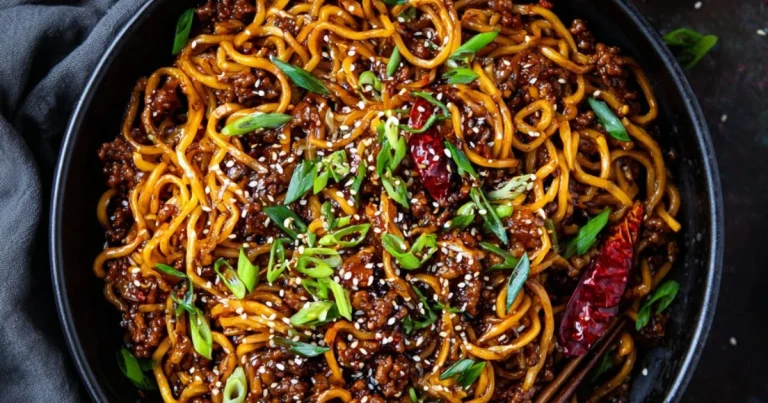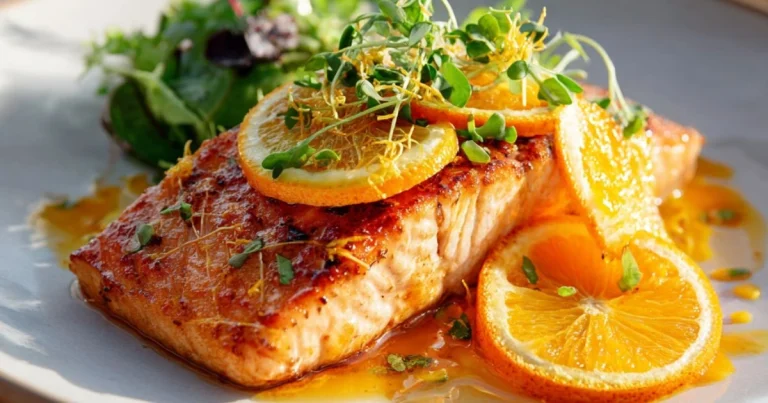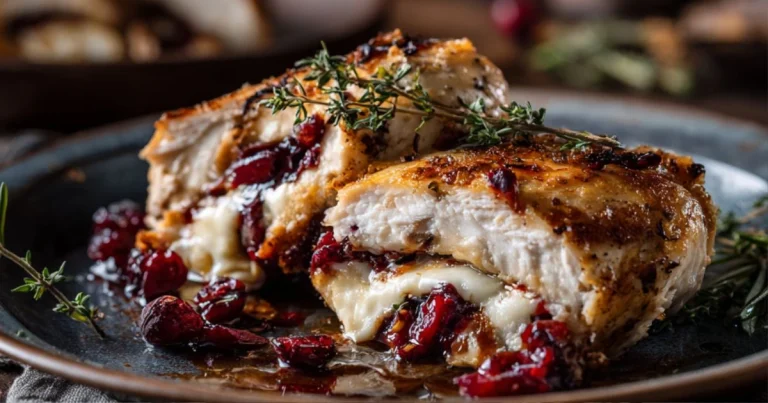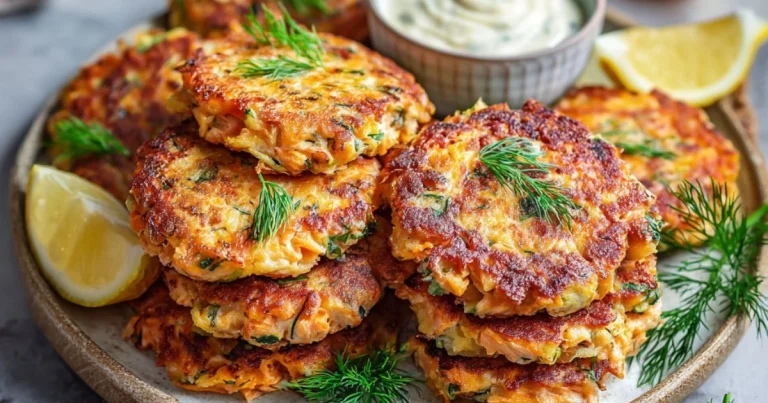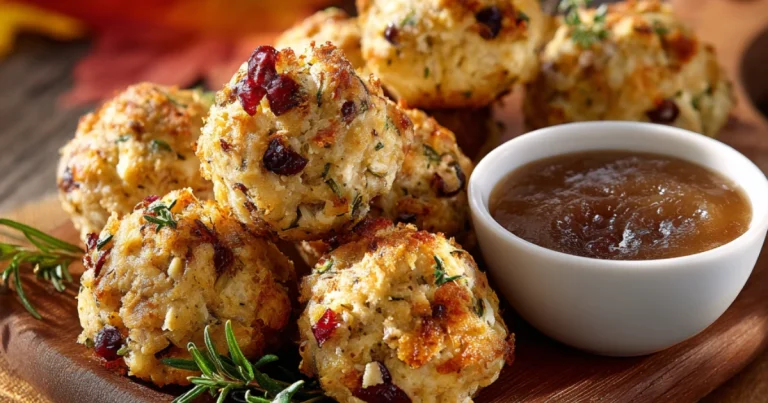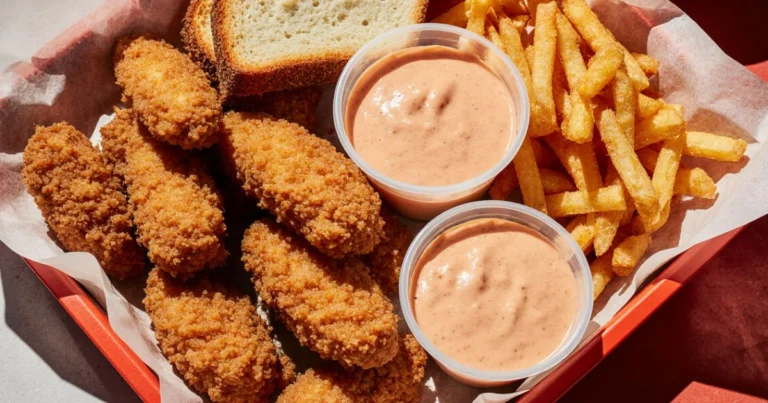Coconut Shrimp Recipe
If you’re craving a dish that’s both crispy and tropical, coconut shrimp is your golden ticket. This flavorful, crunchy appetizer brings a taste of the islands right to your kitchen — and it’s much easier to make than you might think.
Whether you’re planning a party or just want to impress at dinner, this detailed guide will walk you through every step of making the best coconut shrimp recipe, with variations, pro tips, and even a few healthy options.
What Is Coconut Shrimp?
Coconut shrimp is a popular seafood dish that combines crispy shrimp with the sweet, nutty flavor of shredded coconut. It’s especially loved in tropical regions and tiki bars across the U.S. and the Caribbean.
According to Wikipedia, there are two primary versions:
- A fried shrimp dish breaded with shredded coconut and sometimes panko
- A sautéed version in a coconut milk-based sauce, often served in Caribbean cuisine
The crispy-fried version, often served with sweet chili sauce or piña colada dipping sauce, is the more popular variant in American kitchens and restaurants.
Key Ingredients & Popular Variations
The magic of any great coconut shrimp recipe lies in its balance of crunch, flavor, and simplicity. Whether you’re going for a classic restaurant-style version or experimenting with healthier alternatives, starting with the right ingredients is key.
Essential Ingredients
To make crispy coconut shrimp, you’ll need:
- Shrimp: Use large or jumbo shrimp (16–20 count per pound), peeled and deveined. Leaving the tails on adds a professional touch and makes dipping easier.
- Flour: All-purpose flour seasoned with salt and pepper forms the first layer of coating.
- Eggs: Beaten eggs act as the binding agent between the flour and outer crust.
- Panko Breadcrumbs: These Japanese-style breadcrumbs provide a light, crunchy texture.
- Shredded Coconut: Use sweetened shredded coconut for added flavor and browning.
- Oil for frying: Vegetable or coconut oil works well at high temperatures for golden crispiness.
Popular Variations
This easy coconut shrimp recipe is flexible enough for all cooking methods and dietary needs.
- Air Fryer Coconut Shrimp: Skip the deep fry. Spray lightly with oil and air fry at 400°F for 7–8 minutes.
- Baked Coconut Shrimp: Bake at 425°F for 12–15 minutes, flipping halfway for even browning.
- Copycat Red Lobster Coconut Shrimp: Pair with a homemade piña colada dipping sauce for that signature restaurant flavor.
- Spicy Coconut Shrimp: Add cayenne or chili powder to the flour mix for heat.
- Gluten-Free Option: Use almond flour and gluten-free panko.
You can also grill marinated shrimp for a tropical twist, especially when combined with coconut milk and lime.
These variations ensure your panko coconut shrimp fits any occasion—appetizer, entrée, or party favorite.
How to Make Coconut Shrimp (Step-by-Step Instructions)
Making crispy coconut shrimp at home is quick, easy, and requires just a few essential steps. Follow this method for restaurant-quality results every time.
1. Prepare the Shrimp
- Use large or jumbo shrimp (16–20 count per pound) for best results. Peel and devein, leaving tails on for easier handling and a more professional look.
- Optional: Butterfly the shrimp by slicing along the back to help them cook evenly and look fuller once coated.
2. Set Up the Dredging Station
You’ll need three bowls:
- Bowl 1: All-purpose flour seasoned with salt and pepper. Add paprika or cayenne for a spicy kick.
- Bowl 2: Beaten eggs or an egg wash. This binds the coating to the shrimp.
- Bowl 3: A mix of panko breadcrumbs and sweetened shredded coconut (typically a 1:1 ratio). This creates that signature crispy texture and tropical flavor.
3. Coat the Shrimp
- Dredge each shrimp in the seasoned flour, shaking off any excess.
- Dip into the egg wash, ensuring full coverage.
- Press firmly into the coconut-panko mixture, coating all sides evenly. Set aside on a plate.
4. Fry the Shrimp
- Heat vegetable oil or coconut oil in a deep skillet to 350°F (175°C).
- Fry the shrimp in batches for 2–3 minutes per side, until golden brown and cooked through.
- Transfer to a paper towel-lined plate to drain excess oil.
Pro Tip: Avoid overcrowding the pan — it drops the oil temperature and makes the shrimp soggy.
5. Optional Cooking Methods
- Air Fryer: Spray coated shrimp with oil and air fry at 400°F for 7–8 minutes.
- Baking: Place shrimp on a parchment-lined sheet and bake at 425°F for 12–15 minutes, flipping halfway.
Serve immediately with your favorite dipping sauce, like sweet chili, piña colada sauce, or spicy lime mayo.
This step-by-step coconut shrimp recipe guarantees a crispy, golden, and flavorful appetizer every time.
Optional: Air Fryer or Baked Version
- Air fryer: Spray coated shrimp with oil and air fry at 400°F for 7–8 minutes
- Oven: Bake at 425°F for 12–15 minutes, flipping halfway
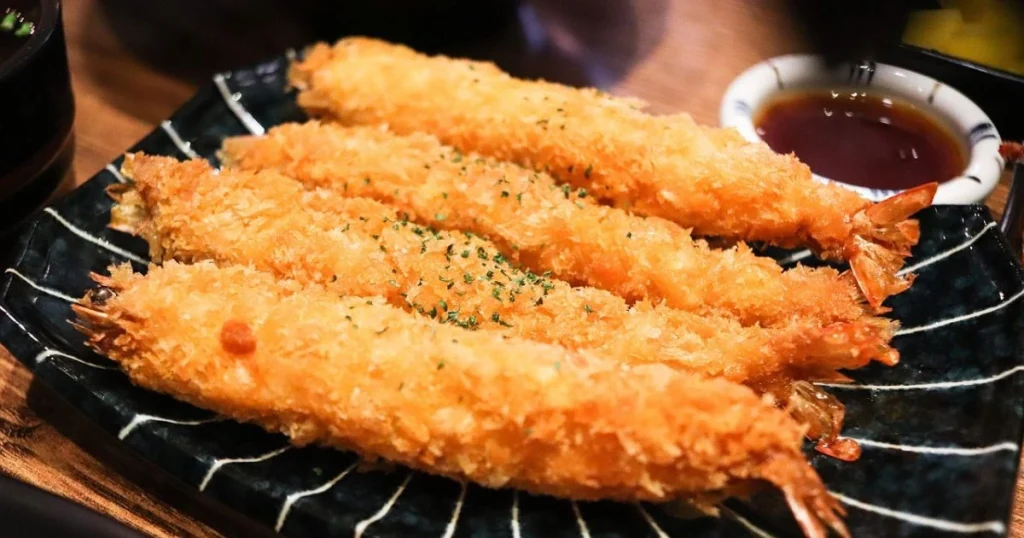
Delicious Dipping Sauces
No coconut shrimp recipe is complete without a tropical-inspired dipping sauce.
- Piña Colada Sauce: Sweet, creamy, and pineapple-based. Try this recipe by The Cookie Rookie
- Sweet Chili Sauce: A perfect balance of sweet and heat
- Orange Marmalade Sauce: Add Dijon mustard and horseradish for tang
- Spicy Lime Mayo: Zesty and creamy — great for grilled shrimp
Cooking Tips & Mistakes to Avoid
Perfecting your coconut shrimp recipe is all about mastering the little details. Here are essential tips and common pitfalls to avoid:
Pro Tips
- Pat shrimp dry before coating to help the batter stick better.
- Use sweetened shredded coconut for richer flavor and even browning.
- Maintain oil temperature at 350°F to ensure even cooking and crisp texture.
- Fry in small batches to avoid lowering the oil temperature.
Common Mistakes
- Skipping the flour step: It’s crucial for binding the egg and coconut-panko coating.
- Using old oil: This affects flavor and crispiness. Always use fresh, neutral oil.
- Overcooking: Shrimp cook quickly. Remove as soon as they turn golden and curl.
- Serving too late: Crispy coconut shrimp is best served hot, right out of the fryer.
Follow these tips to avoid soggy, flavorless shrimp and ensure golden, crispy success.
Serving Suggestions & Pairings
One of the best things about a coconut shrimp recipe is its versatility. Whether you’re serving it as an appetizer, main course, or party finger food, it pairs beautifully with tropical sides and refreshing drinks.
Best Ways to Serve Coconut Shrimp
- As an Appetizer: Serve on a platter with lime wedges and a trio of dipping sauces like sweet chili, piña colada, and spicy mango.
- Taco Style: Tuck crispy shrimp into warm tortillas with shredded cabbage, avocado, and chipotle-lime mayo.
- Over Rice: Place atop coconut jasmine rice or pineapple fried rice for a tropical entrée.
- In a Salad: Add to a mango, arugula, and red onion salad for a light, sweet-savory dish.
Drink Pairings
- Cocktails: Piña coladas, mojitos, or tropical margaritas complement the sweetness.
- White Wines: Choose a crisp Sauvignon Blanc, Riesling, or Pinot Grigio.
- Mocktails: Pineapple spritzers or sparkling lime-coconut coolers.
No matter how you serve it, this crispy coconut shrimp adds flair and flavor to any occasion. Customize the sides and sauces to suit your mood or menu theme.
Nutrition & Health Facts
A classic coconut shrimp recipe is delicious, but it’s important to understand its nutritional profile—especially if you’re preparing it regularly or serving a crowd with dietary needs.
Nutritional Breakdown (per 5–6 shrimp serving)
- Calories: ~450
- Protein: 20–25g
- Carbohydrates: 30–35g
- Fat: 25–30g
- Sodium: Varies by seasoning and sauce
Because coconut shrimp is often fried, it’s higher in fat and calories compared to other shrimp dishes. However, there are several ways to make it lighter:
Healthier Cooking Options
- Air Frying: Reduces oil use while maintaining a crispy texture.
- Baking: A lower-fat method that still gives a golden finish.
- Gluten-Free Adaptation: Use almond flour and gluten-free panko for those with dietary restrictions.
Ingredient Swaps
- Use unsweetened coconut to reduce sugar content.
- Replace deep frying with avocado oil spray for heart-healthier fats.
With a few small changes, your crispy coconut shrimp can be part of a balanced, wholesome meal. Pair with light sides like grilled veggies or mango salsa for a refreshing twist.
Gluten-Free & Low-Carb Options
- Use almond flour or coconut flour for dredging
- Replace panko with crushed pork rinds or gluten-free breadcrumbs
- Check out Valerie Bertinelli’s gluten-free version for inspiration
Frequently Asked Questions (FAQs)
Can I bake instead of fry coconut shrimp?
Yes. Bake at 425°F for 12–15 minutes, flipping halfway. You can also air fry at 400°F for 7–8 minutes.
What size shrimp is best?
Use large or jumbo shrimp (around 16–20 count per pound) to hold the coating well.
How do I keep the coating from falling off?
Pat shrimp dry before coating, and press the coconut-panko mix firmly. Let it rest for a few minutes before frying.
Can I make it gluten-free?
Absolutely. Use gluten-free flour and breadcrumbs, or go low-carb with almond flour and crushed pork rinds.
What sauces pair best with coconut shrimp?
- Piña colada dipping sauce
- Sweet chili sauce
- Spicy lime mayo
- Tangy orange marmalade sauce
Conclusion: Why You’ll Love This Coconut Shrimp Recipe
Coconut shrimp isn’t just a dish — it’s a crispy, crowd-pleasing appetizer that brings the tropical vibes home. Whether you prefer deep-fried, baked, or air-fried, this versatile dish delivers big flavor with minimal effort.
With endless dipping sauce options and easy ingredient swaps, this coconut shrimp recipe is as flexible as it is flavorful. Try it for your next gathering or weeknight dinner.
If you like more delicious recipes.discover our new Paella recipe


